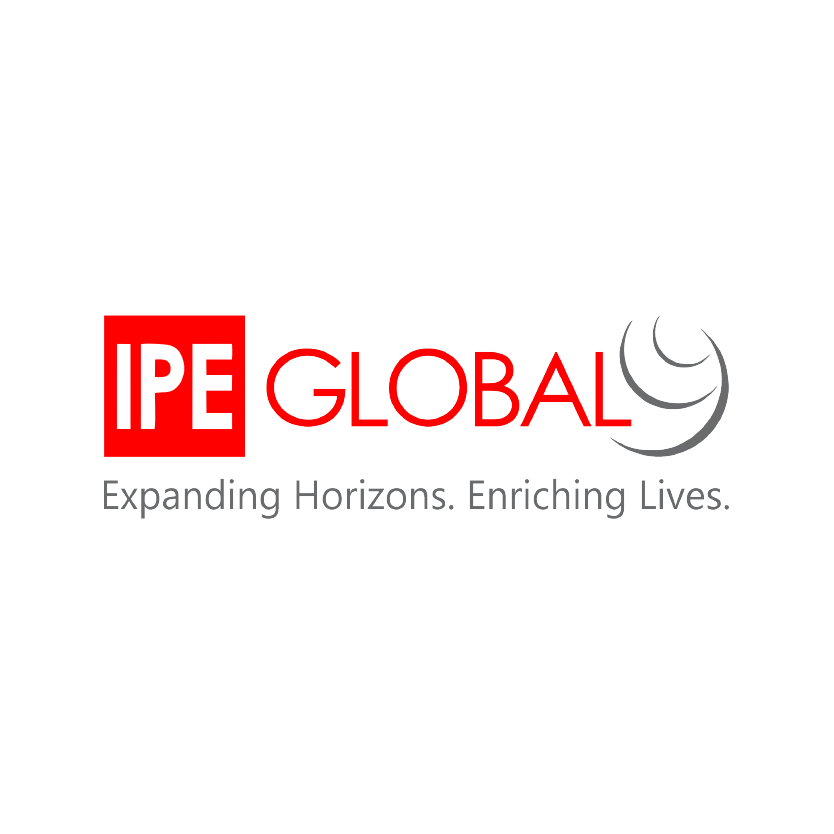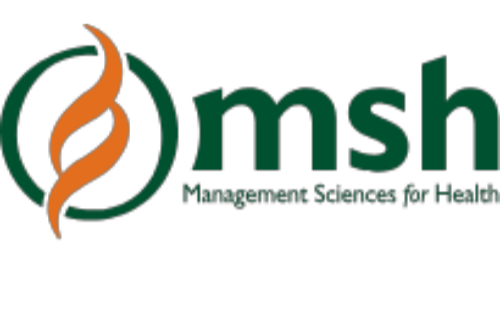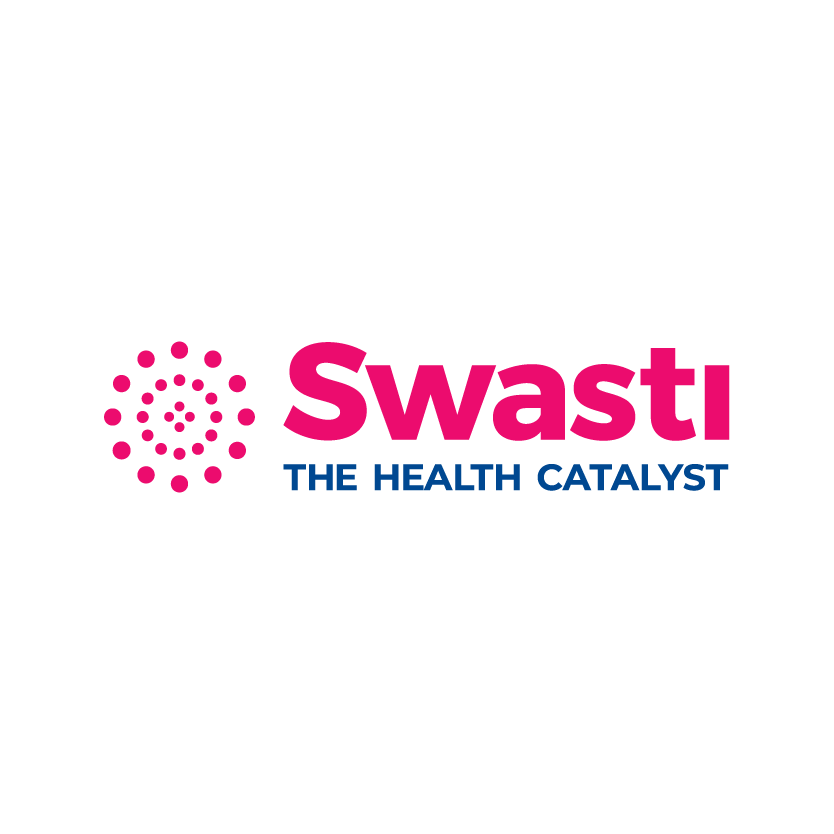

This section hosts guidelines, manuals and toolkits to strengthen public health practice.
Resources
FILTER
BY CATEGORY
View All
WHO Global Malaria Programme
12 Jun 2022by WHO OVER 1 HOUR
The consolidated WHO Guidelines for malaria present all of the current WHO recommendations for malaria. These are the product of careful evaluation following standardized methods as part of the WHO process for developing guidelines.
The online platform contains links to other resources including unpublished evidence reviewed at the time of formulating recommendations, guidance and information on: strategic use of information to drive impact; surveillance, monitoring, and evaluation; operational manuals, handbooks, and frameworks; and a glossary of terms and definitions. Scope The consolidated WHO Guidelines for malaria bring together all recommendations for malaria, including prevention using vector control, preventive chemotherapy and the vaccine; diagnosis, treatment, and elimination strategies.
The Guidelines also provide links to other resources including guidance and information on: strategic use of information to drive impact; surveillance, monitoring and evaluation; operational manuals, handbooks, and frameworks; and a glossary of terms and definitions. The Guidelines provide:
- evidence-based recommendations pertaining to vector control tools, technologies and approaches that are currently available for malaria prevention and control, and for which sufficient evidence on their efficacy is available to support systematic reviews. The Guidelines are intended to provide an underlying framework for the design of effective, evidence-based national vector control strategies and their adaptation to local disease epidemiology and vector bionomics;
- evidence-based recommendations on the use of antimalarial medicines as preventive chemotherapy in people living in malaria-endemic areas who are at risk of malaria morbidity and mortality. These approaches include intermittent preventive treatment (IPT) in pregnancy (IPTp), perennial malaria chemoprevention (PMC), seasonal malaria chemoprevention (SMC), intermittent preventive treatment in school aged children (IPTsc), post-discharge malaria chemoprevention (PDMC) and mass drug administration (MDA);
- evidence-based recommendation on the use of the malaria vaccine;
- evidence-based recommendations on the treatment of uncomplicated and severe malaria in all age groups and situations, including in young children and pregnant women; and
- guidance on interventions in the final phase of elimination and prevention of re-establishment.
No guidance is given on the use of antimalarial agents to prevent malaria in people traveling from non-endemic settings to areas of malaria transmission. This is available in the WHO International travel and health guidance.
A WHO guideline is any document developed by WHO containing
recommendations for clinical practice, or public health practice or
health policy. A recommendation informs the intended end-user
what he or she can or should do in specific situations to achieve
the best possible health outcomes, individually and/or collectively.
It guides the choice among different interventions or measures to
ensure a positive impact on health and implications for the use of
resources.
In certain situations, good practice statements may be provided.
These statements reflect the consensus of the Guidelines
Development Group (GDG) that the benefits of adhering to the
intervention or course of action are large and unequivocal, and do
not need to be supported by a systematic evidence review or
could be based on indirect evidence.
The primary purpose of these WHO Guidelines is to support
policy-makers in ministries of health and the managers of national
malaria control programs in endemic countries to establish
national policies and plans tailored to their local context.
Related File :
5513289784.pdfCategories
For implementers

 EXPLORE DATA
EXPLORE DATA 



























